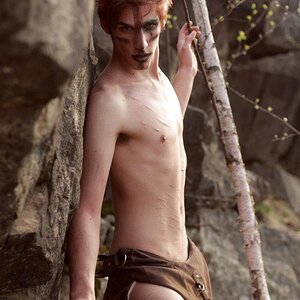SlimPaul
TPF Noob!
- Joined
- Nov 7, 2008
- Messages
- 437
- Reaction score
- 0
- Website
- www.flickr.com
- Can others edit my Photos
- Photos OK to edit
Hey,
What I do for most of my indoor shots, is increase the shadows and contrast together. Is this technique alright and is it commonly used?
Unedited version

All the necessary tweaks and increased shadows+contrast

Thanks, Paul
What I do for most of my indoor shots, is increase the shadows and contrast together. Is this technique alright and is it commonly used?
Unedited version

All the necessary tweaks and increased shadows+contrast

Thanks, Paul


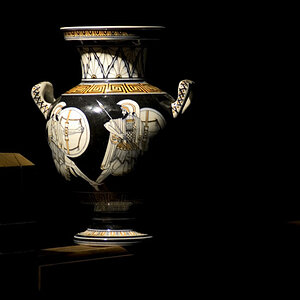
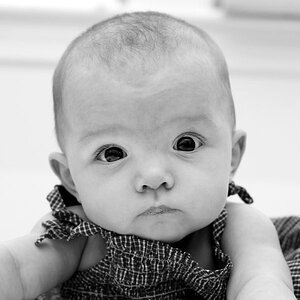
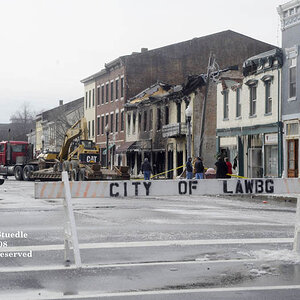
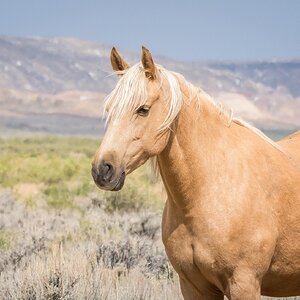
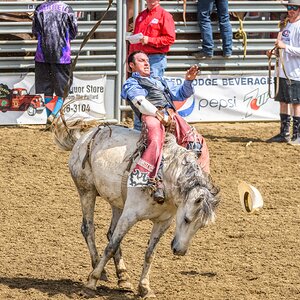
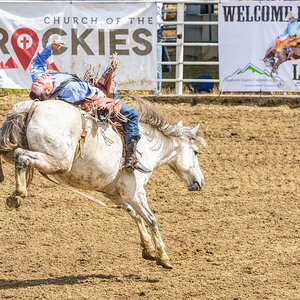
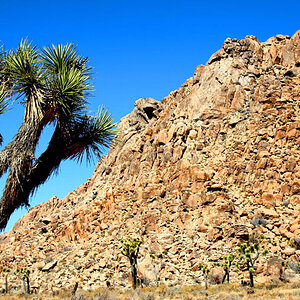
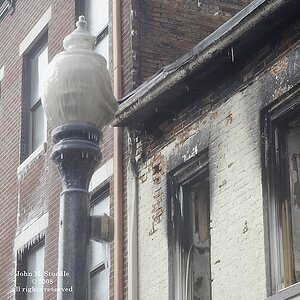

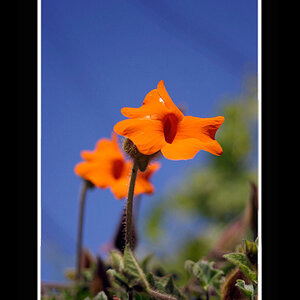
![[No title]](/data/xfmg/thumbnail/41/41785-954f8d646534214ba1f63ad878e73dd8.jpg?1619739891)
